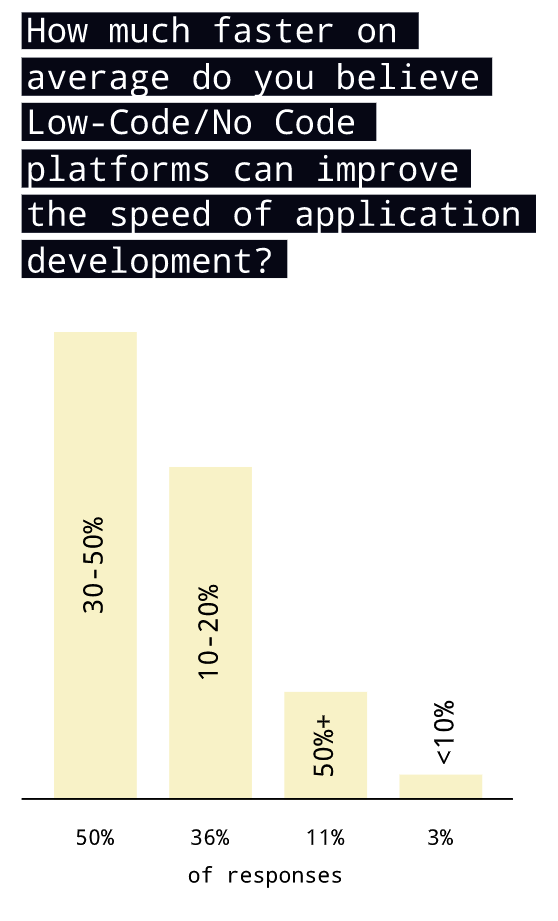Unlocking Your Future: A Comprehensive Guide to Student Aid Loans
Guide or Summary:Understanding Student Aid LoansFederal Student Aid LoansPrivate Student Aid LoansHow to Apply for Student Aid LoansUnderstanding Loan Repay……
Guide or Summary:
- Understanding Student Aid Loans
- Federal Student Aid Loans
- Private Student Aid Loans
- How to Apply for Student Aid Loans
- Understanding Loan Repayment
- The Role of Student Aid Loans in Higher Education
#### Introduction to Student Aid Loans
Understanding Student Aid Loans
Student aid loans are financial resources provided to students to help cover the costs of their education. These loans can come from federal or private sources and are designed to make higher education more accessible. The primary goal of student aid loans is to bridge the gap between what families can afford to pay and the total cost of attending college, including tuition, fees, room, board, and other associated expenses.
#### Types of Student Aid Loans
Federal Student Aid Loans
Federal student aid loans are offered by the government and typically have lower interest rates and more flexible repayment options than private loans. There are several types of federal loans, including:
1. **Direct Subsidized Loans**: These loans are available to undergraduate students with financial need. The government pays the interest while the student is in school, during the grace period, and during deferment periods.
2. **Direct Unsubsidized Loans**: Unlike subsidized loans, these are available to all students regardless of financial need. Interest accrues while the student is in school, and they are responsible for paying that interest.

3. **Direct PLUS Loans**: These loans are available to graduate students and parents of dependent undergraduate students. They can help cover the remaining costs of education not covered by other financial aid.
Private Student Aid Loans
Private student aid loans are offered by banks, credit unions, and other financial institutions. These loans often have variable interest rates and less favorable repayment terms compared to federal loans. It’s important for students to compare different lenders and understand the terms before borrowing.
#### The Application Process for Student Aid Loans
How to Apply for Student Aid Loans
Applying for student aid loans typically involves filling out the Free Application for Federal Student Aid (FAFSA). This form collects financial information to determine eligibility for federal aid, including grants, work-study, and loans.
1. **Complete the FAFSA**: Students should gather necessary documents, such as tax returns and income statements, and complete the FAFSA online.

2. **Review Financial Aid Offers**: After submitting the FAFSA, students will receive financial aid offers from their chosen colleges. These offers will detail the types and amounts of aid available, including student aid loans.
3. **Accepting Loans**: Students can choose to accept or decline the loans offered. It’s crucial to consider the long-term implications of borrowing money for education.
#### Repayment of Student Aid Loans
Understanding Loan Repayment
Repaying student aid loans is a significant responsibility that requires careful planning. Here are some key points to consider:
1. **Grace Period**: Most federal student loans offer a grace period of six months after graduation or dropping below half-time enrollment before payments are due. This allows graduates time to secure employment.

2. **Repayment Plans**: Federal loans offer various repayment plans, including standard, graduated, and income-driven repayment plans. Each plan has different terms, so it’s essential to choose the one that best fits your financial situation.
3. **Loan Forgiveness Programs**: Some federal loans may qualify for forgiveness after a certain number of payments, especially for those working in public service jobs.
#### Conclusion: The Importance of Student Aid Loans
The Role of Student Aid Loans in Higher Education
Student aid loans play a vital role in enabling students to pursue higher education. By understanding the types of loans available, the application process, and repayment options, students can make informed decisions about financing their education. With the right approach, student aid loans can be a powerful tool for achieving academic and career goals without the burden of overwhelming debt.